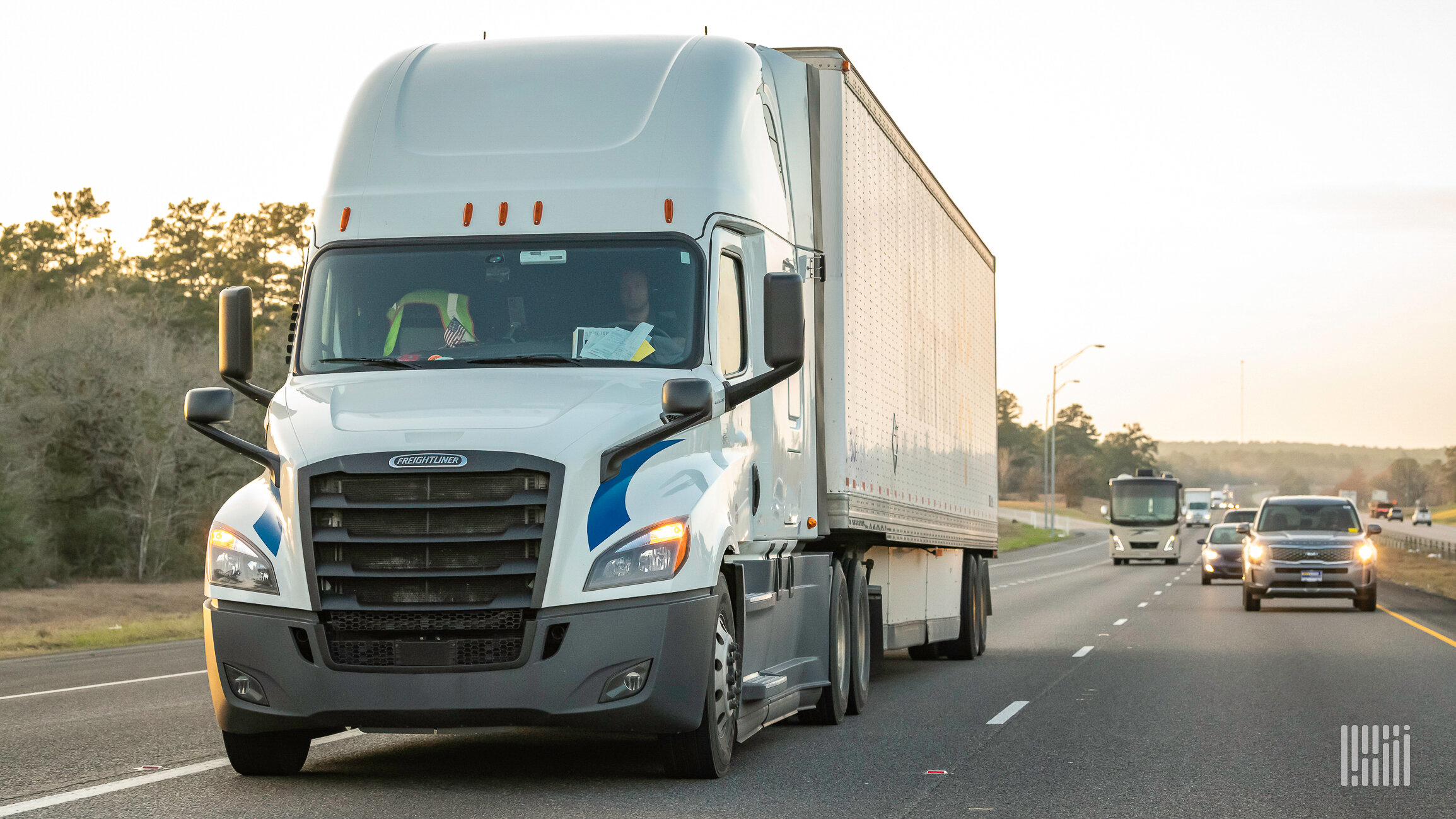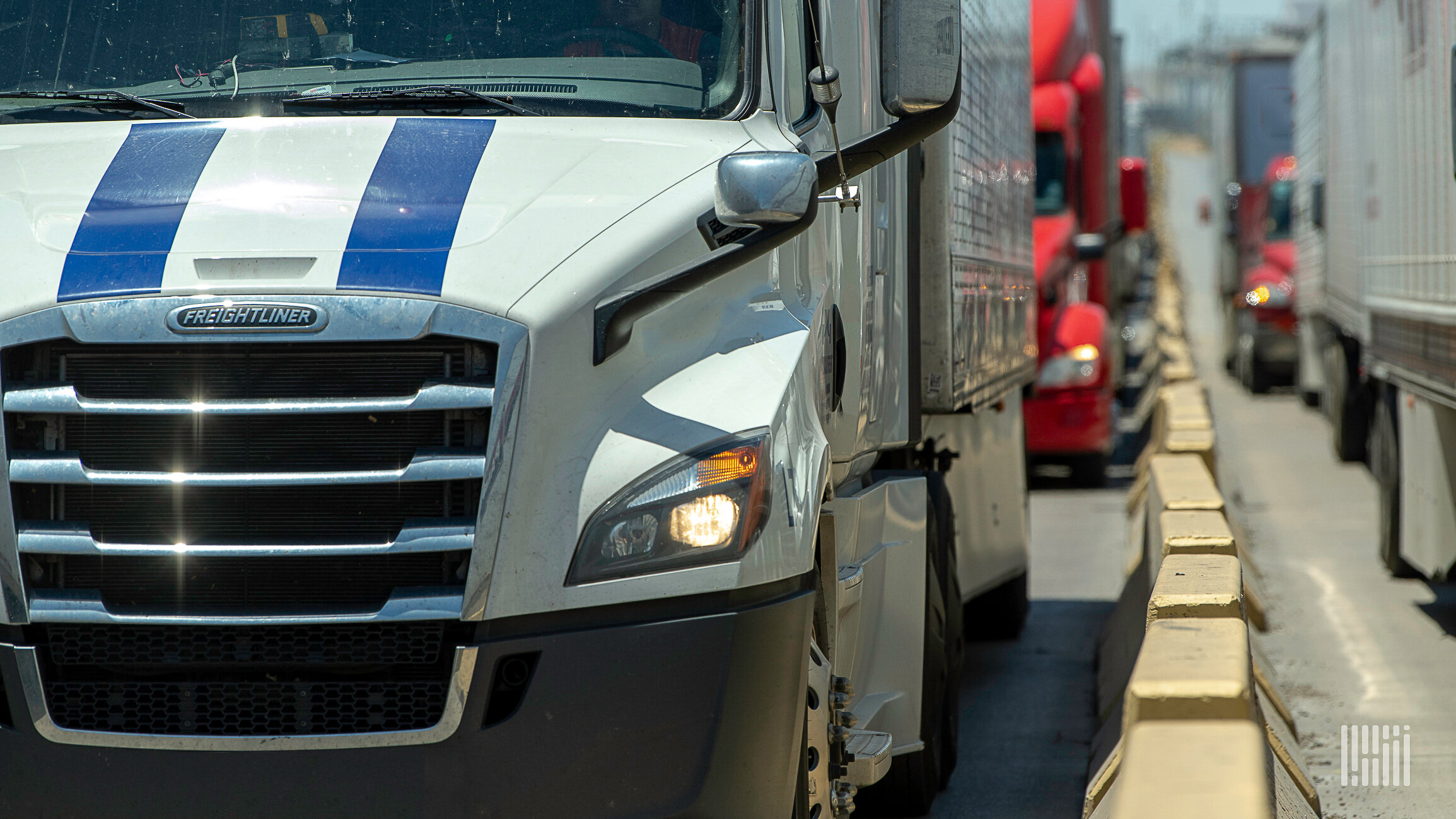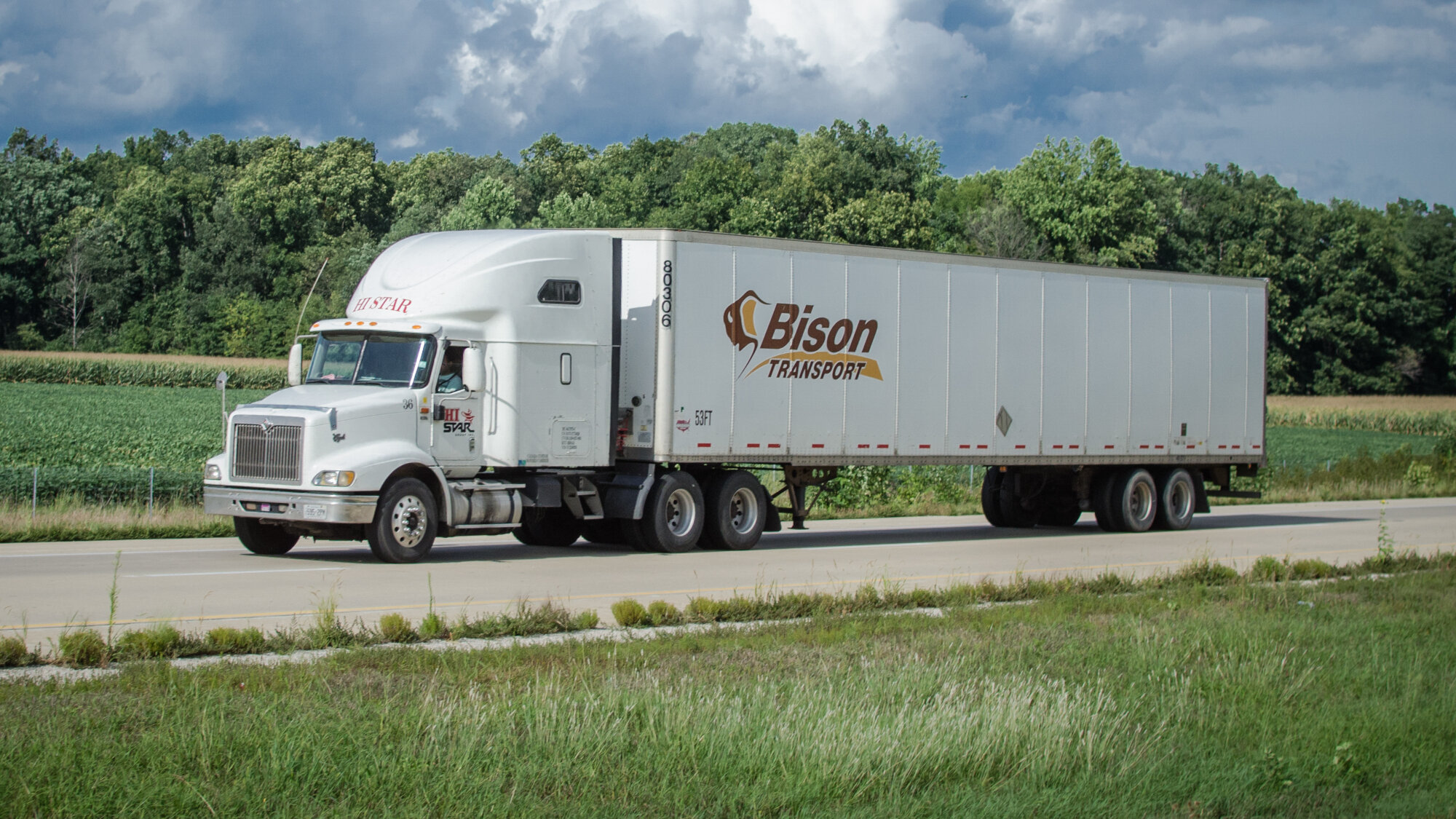
Image: Jim Allen/FreightWaves
The day of reckoning is finally upon us. On June 13th, Canada’s Minister of Transportation, the Honorable Marc Garneau, announced that Canada’s electronic logging device (ELD) mandate will take effect on June 12th, 2021. This means that Canadian carriers have just under 2 years to comply with the mandate. The announcement was long awaited after over a decade in the making. Although it comes three years after the U.S. ELD mandate was first put into effect, this will allow for goods to flow both ways across our borders with ease. Better late than never.
Although there are slight differences between the Canadian and American hours-of-service (HOS) rules, these differences will be less noticeable for drivers switching from paper logs to ELDs when entering the States. ELD manufacturers are currently working to develop a software that allows the device to automatically switch its settings to be compliant with both the U.S. and Canadian HOS rules.
The current federal HOS rules in the States dictate that a driver has an 11-hour driving limit within the 14-hour on-duty window. The Canadian rules allow for 13 hours of driving time and prohibit driving beyond a 14-hour on-duty window. Both countries require 10 consecutive hours of off-duty time before driving again. For the time being, the new mandate only applies to federally regulated Canadian motor carriers as we wait for the 13 provinces and territories to promulgate their own rules as well.
Two key differences between the Canadian and U.S. mandates are that there will be no grandfather clause for fleets running with automatic on-board recording devices (AOBRDs) in Canada and that ELD manufacturers in Canada will not be allowed to self-certify their devices. Instead, they will have to go through an independent third-party certification process.
While the lack of a grandfather clause may put some carriers under a time crunch to update their devices, a short time window is beneficial for our industry and all that use the roads. It forces carriers into compliance immediately, moving the ball forward in terms of road safety. However, it may cause a headache for carriers who have invested capital into AOBRDs and will now need to switch to a new device. The other component to this—third-party certification—will ensure a higher standard of safety across the industry by clamping down on non-compliant devices as well as limiting the amount that are in circulation.
Looking ahead, carriers will have to pay the short-term cost of compliance to reap the benefits in the long-term. Although paper logs were seen as the preferable option to many drivers due to the “flexibility” they allowed, they also came with a large risk. Drivers who were able to circumvent the rules by manipulating their hours posed a higher risk of getting into an accident due to fatigue. ELDs will not completely eliminate accidents, but they will allow carriers to highlight inefficiencies or unsafe practices while holding drivers to a higher standard. By ensuring that drivers remain in compliance with HOS rules, they provide a greater chance of them and everyone else with whom they share the roads returning home safely. Additionally, carriers will now be able to easily track things like a driver’s speed and shipper detention.
TCA applauds the Canadian government’s new ELD mandate and we look forward to reaping the benefits that ELDs provide, both for our industry and for the safety of the motoring public.





















